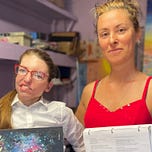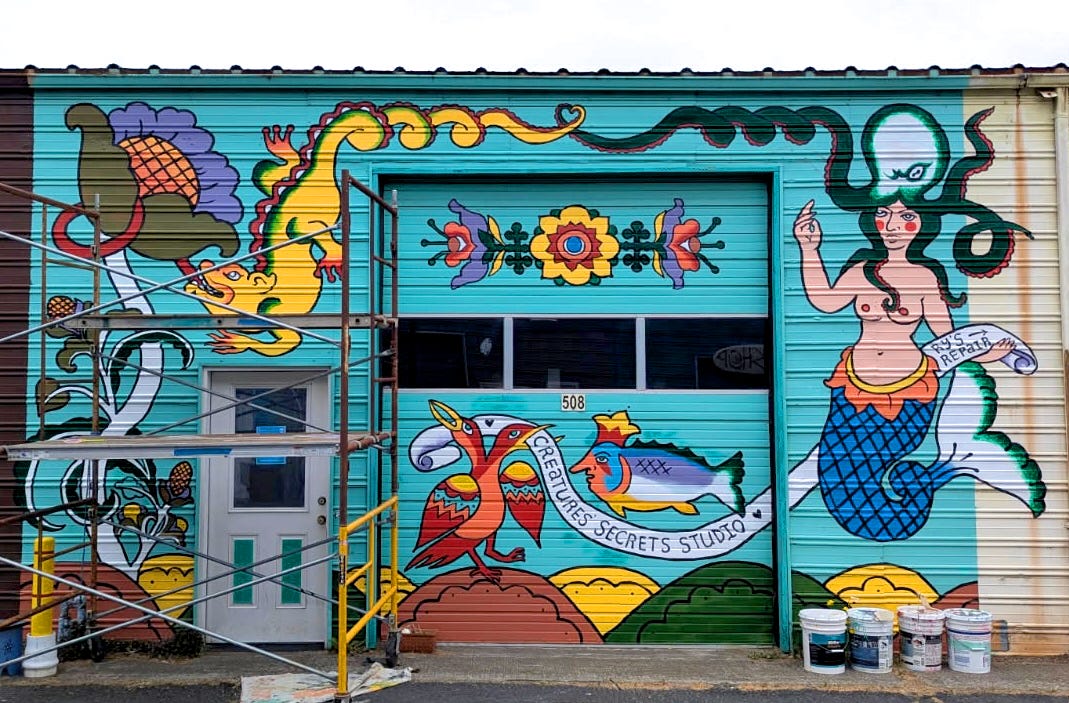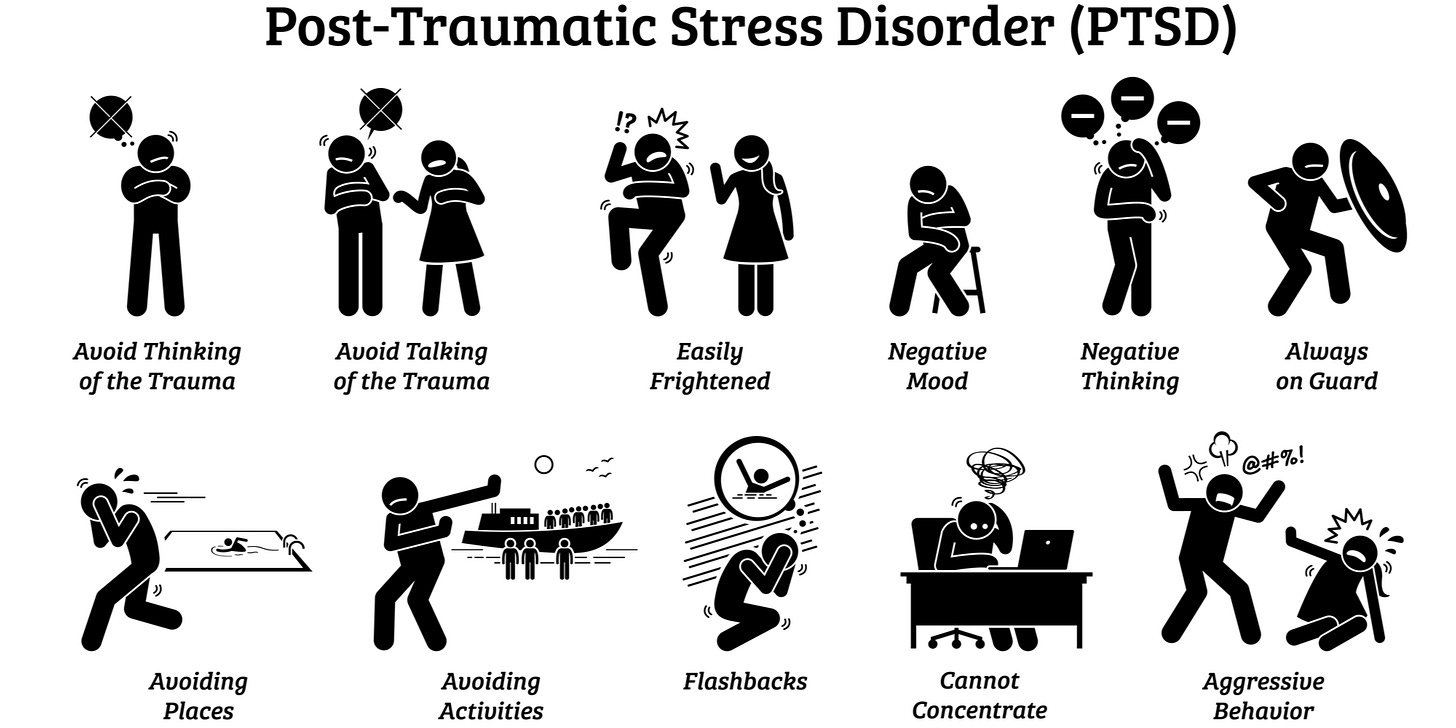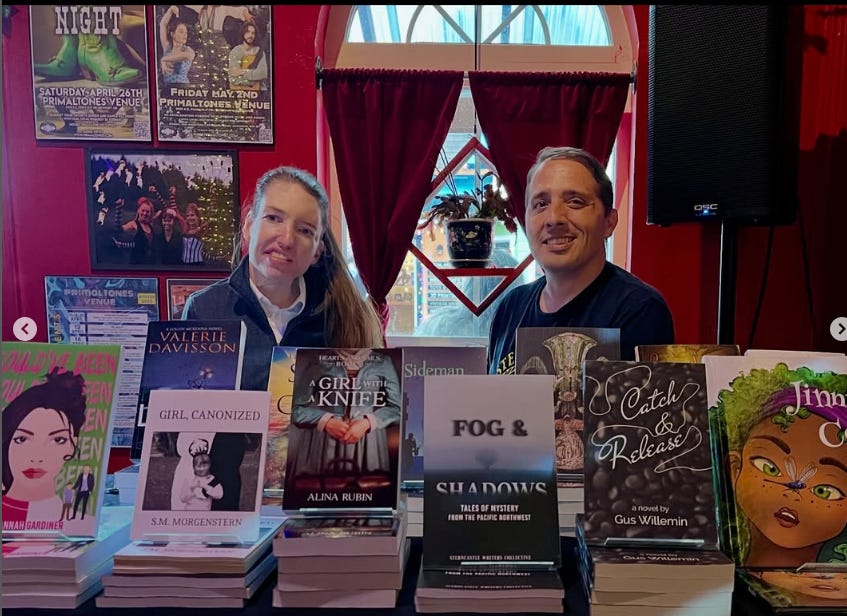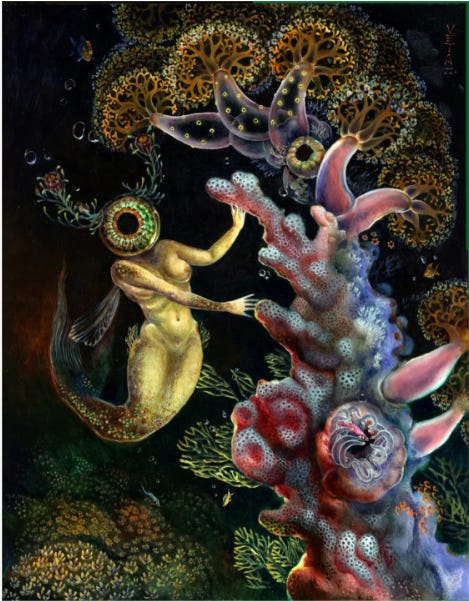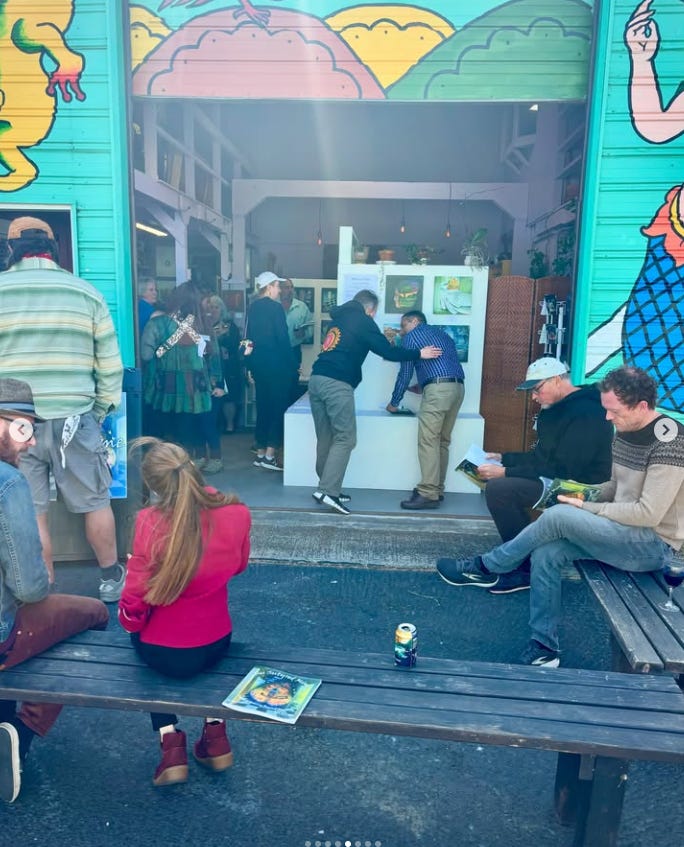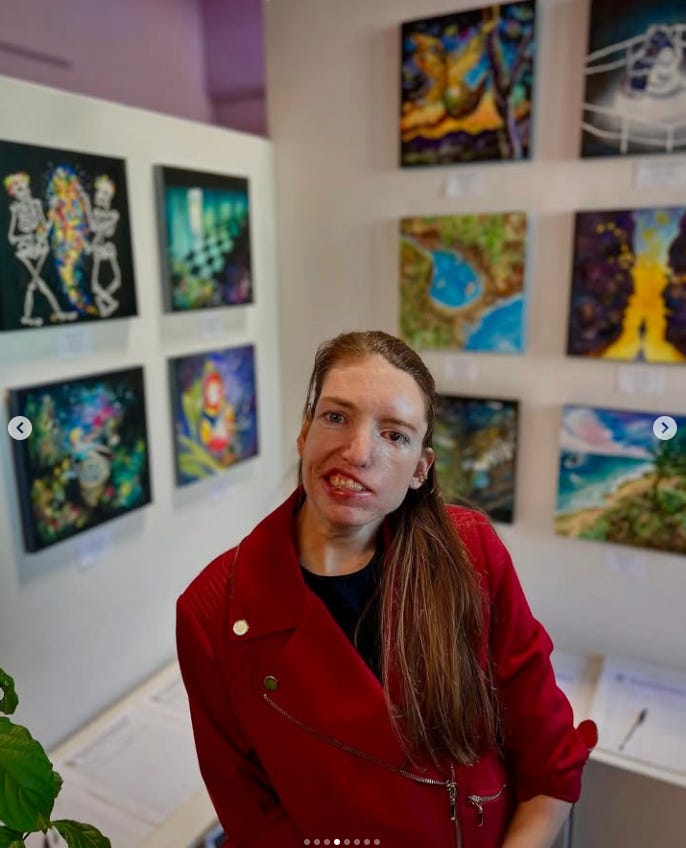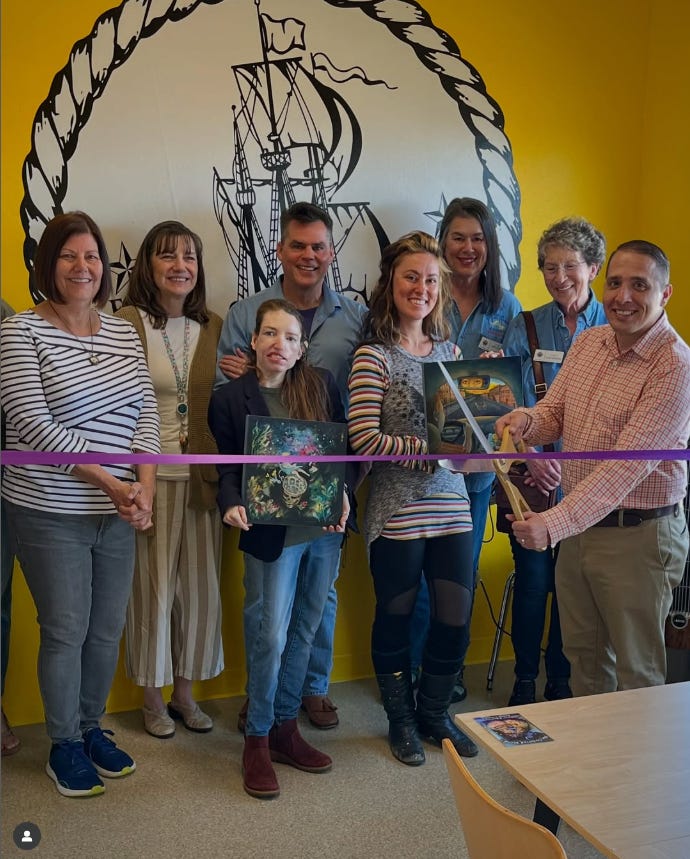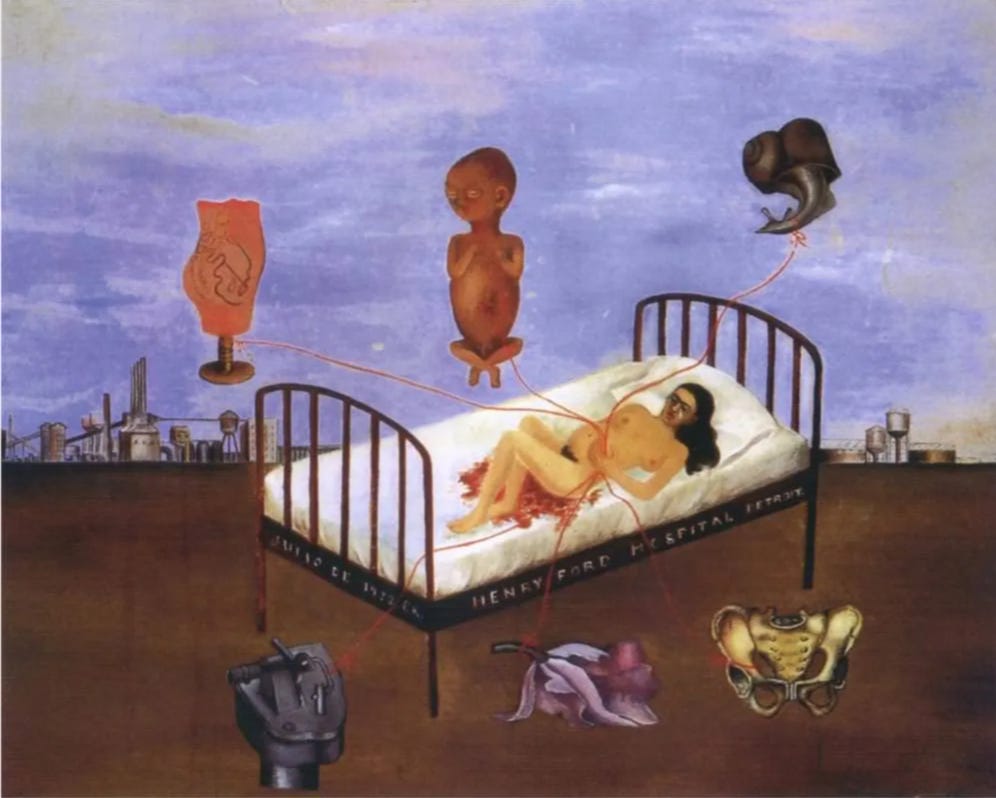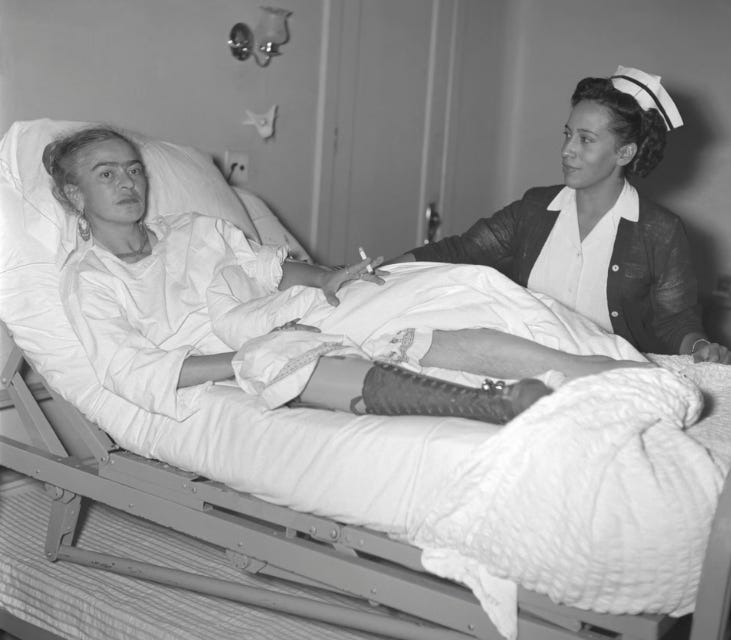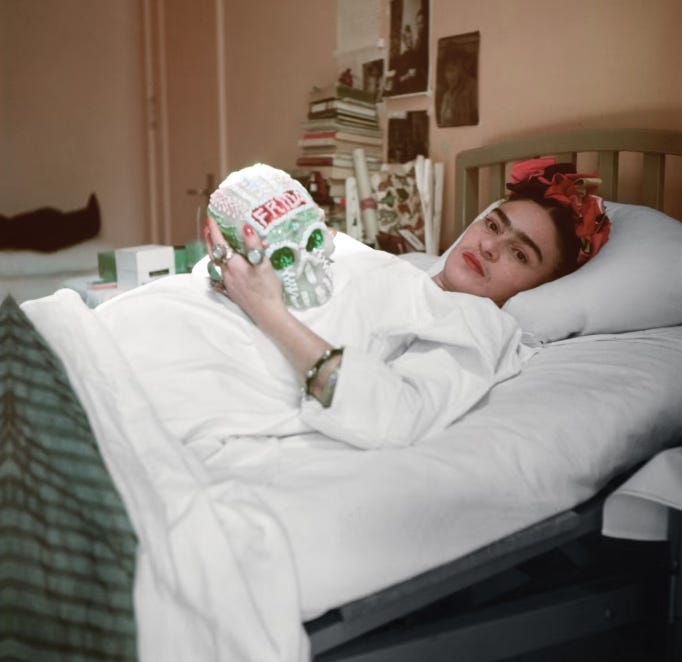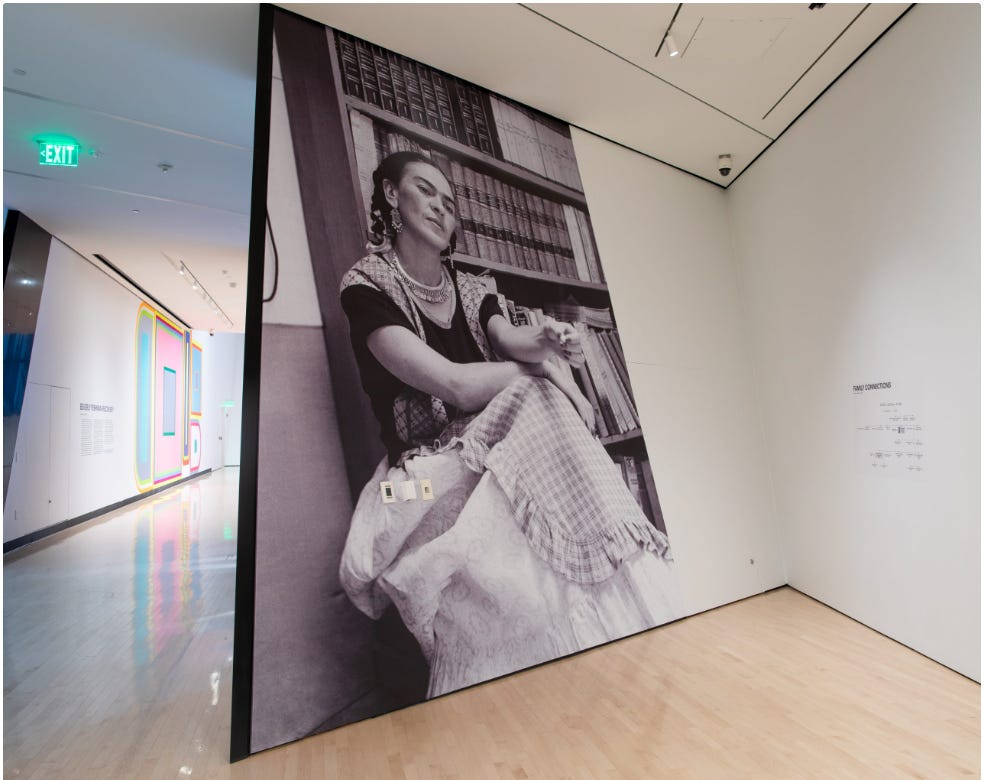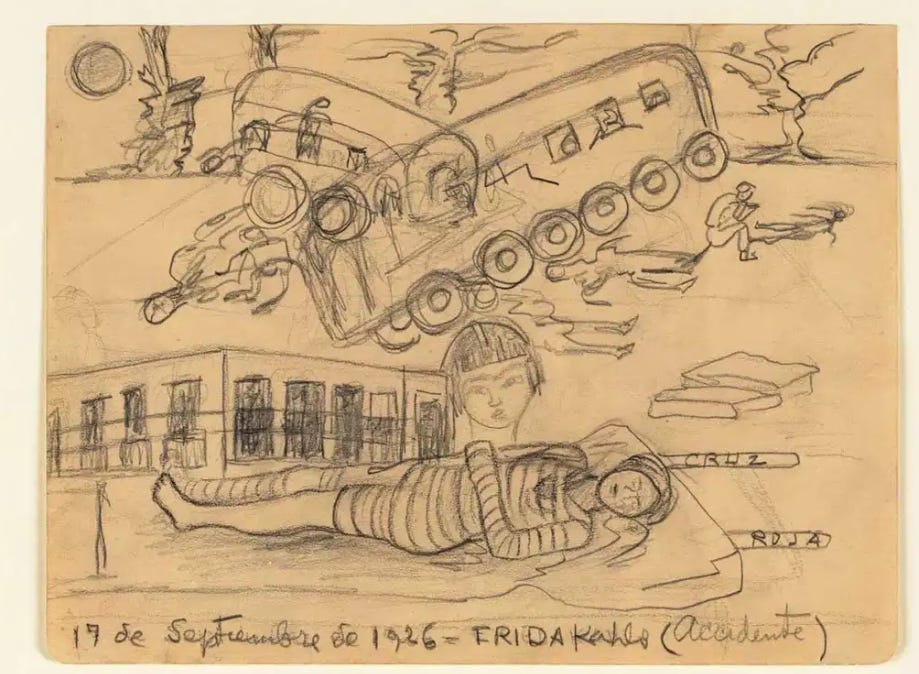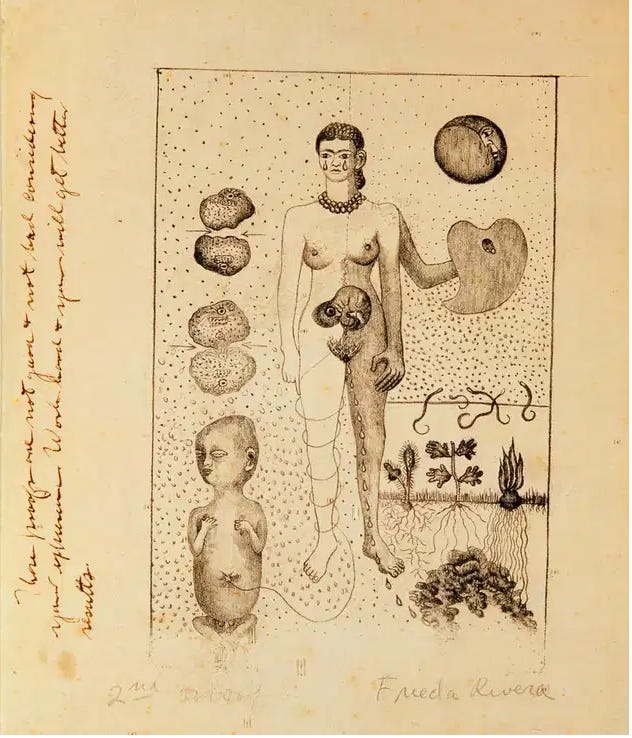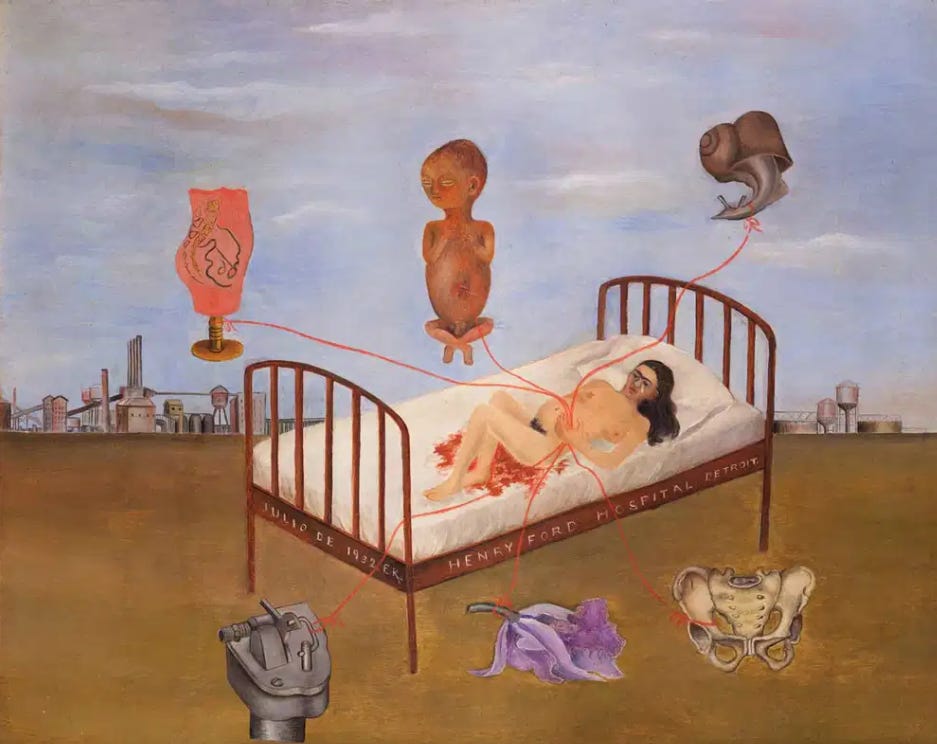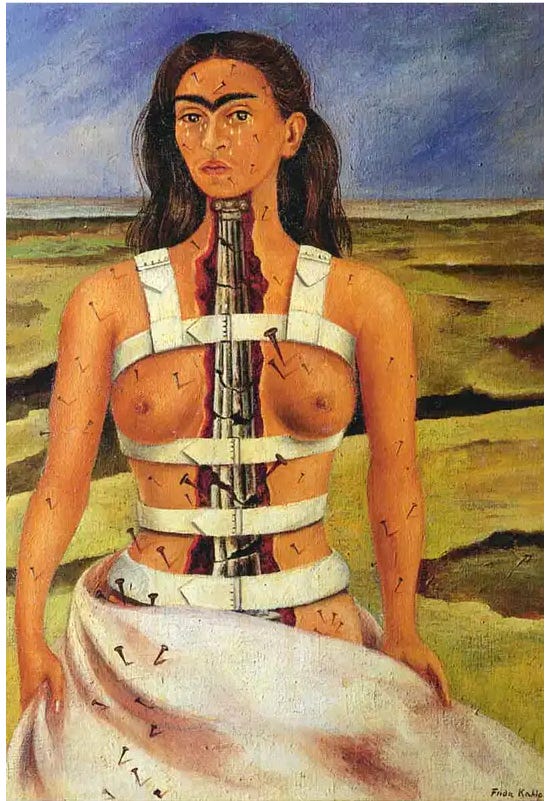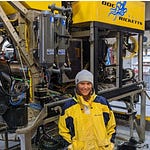Taylor is an amazing woman, and her story is about overcoming so many “things” in life. Her story came to me as a book, and then, her condition not just at birth, but in the womb: What are the symptoms of congenital varicella syndrome?
Babies born with congenital varicella syndrome may have may have some or all of the following symptoms:
skin (mostly on arms and legs)
thickened, overgrown scar tissue
hardened, red and inflamed skin
limbs
limb atrophy — limb deficiencies, malformations and underdevelopment
autonomic nervous system — controls involuntary functions
brain
ventriculomegaly — enlarged ventricles of the brain
cortical atrophy — degeneration of outer portion of brain
growth
low birth weight
microcephaly — abnormally small head
eyes
cataracts — clouding over the lens of the eye
abnormally small eye(s)
rapid, involuntary eye movement
chorioretinitis — inflammation of the choroids layer behind the retin
psychomotor skills — motor movements caused by mental process
intellectual disabilities
+—+
We talked about trauma, and her depression after so many summers getting intensive surgeries and being quarantined because of possible infections.
Trauma caused by the procedures she had undergone?
Medical trauma is emotional and physical responses to pain, injury, serious illness, medical procedures and frightening treatment experiences.
There are lots of different experiences related to illness, injury or medical treatment that can be difficult, uncomfortable or frightening.
See the full fact sheet, developed by Sacha McBain, for information on:
What kinds of medical experiences can cause trauma?
Signs you may be having a trauma response to a medical event
Signs you may have PTSD
How to cope with medical trauma
View survivor fact sheet references.
The book is her heart and soul, to put it rather simply. And this project combined with the artwork of Veta should allow Taylor to be an ambassador of sorts.
“Writing, for me, always starts with going inward— listening closely to what’s stirring beneath the surface and letting it spill onto the page.
If you’ve ever searched for words to make sense of your healing—whether from trauma, medical challenges, or the long road of reclaiming yourself after hardship—this collection was written with you in mind.
My Sutured Mind is my debut poetry collection— a journey through vulnerability, resilience, and the power of hope and recovery.”
In interviews with the California Health Report, young adults with serious disabilities and their families pointed out that the transition to adulthood is filled with challenges. Accessing the medical care and transportation that would allow these young people to live more independently can be difficult. So can getting help with issues like socializing and pursuing hobbies because adult transition programs for youth with disabilities heavily focus on life skills, leaving little room for activities they enjoy, caregivers said.
Meanwhile, high-functioning young adults with disabilities who’ve made it to college said trying to balance the demands of higher education and coordinate their own health care for the first time outside a pediatric setting can feel overwhelming. Preparation and education from staff at pediatric hospitals could ease the transition for youth, as could greater disability awareness on college campuses.
Overall, young adults with disabilities and their parents argued that health care officials, regional centers, and school districts need to foster more awareness about what it’s like for youth with disabilities to transition to adulthood. Far too many families don’t know what to expect, they said, or how to get the services they need.
Frida:
In 1953:
1950:
On Sept. 17, 1925, Frida suffered an accident that would change her life. One year later, she sketched The Accident, in the style of traditional Mexican ex-voto paintings. As religious works of art, ex-voto paintings, usually executed on tin sheets, portray scenes of miraculous heavenly interventions. The miracle in this sketch is that Frida did not die. Another signature of the ex-voto style is that events are described both in pictures and words. Most of Frida's paintings would incorporate elements of the ex-voto style.
Several medical professionals concluded that Kahlo was rendered infertile because of the horrific injury that punctured her abdomen and uterus. Her numerous miscarriages and need for abortions provided evidence to support this diagnosis. She remained in America until 1934 and this was an especially prolific period for her. In 1931, she painted Frieda and Diego Rivera.
Frida Kahlo’s experience in Detroit in 1932 would be of special significance, as she saw herself confined to Detroit’s Henry Ford Hospital. After suffering a miscarriage, Frida had to stay at the hospital by herself for two weeks while Diego visited the city to attend his art exhibitions. Kahlo requested medical textbooks from her physicians so that she could see what her unborn child’s fetus might have looked like. When she was refused this kind of access, Rivera gave her a book that she used as an inspiration for Frida and the Miscarriage.
This was how Kahlo used the advantages of what is now known as art therapy. British artist Adrian Hill originally used this term in 1942. Through art therapy, creative work might help people develop strong defenses against their tribulations by freeing the creative force of the frequently repressed sufferer. People can express their life stories, ideas, and emotions via art therapy, searching for a voice that grief has silenced.
One of Kahlo’s most famous paintings called The Broken Column was made in 1944. She created it soon after having her spinal surgery.
The Diary of Frida Kahlo, an Intimate Self-Portrait by Frida Kahlo, 1944-1954
